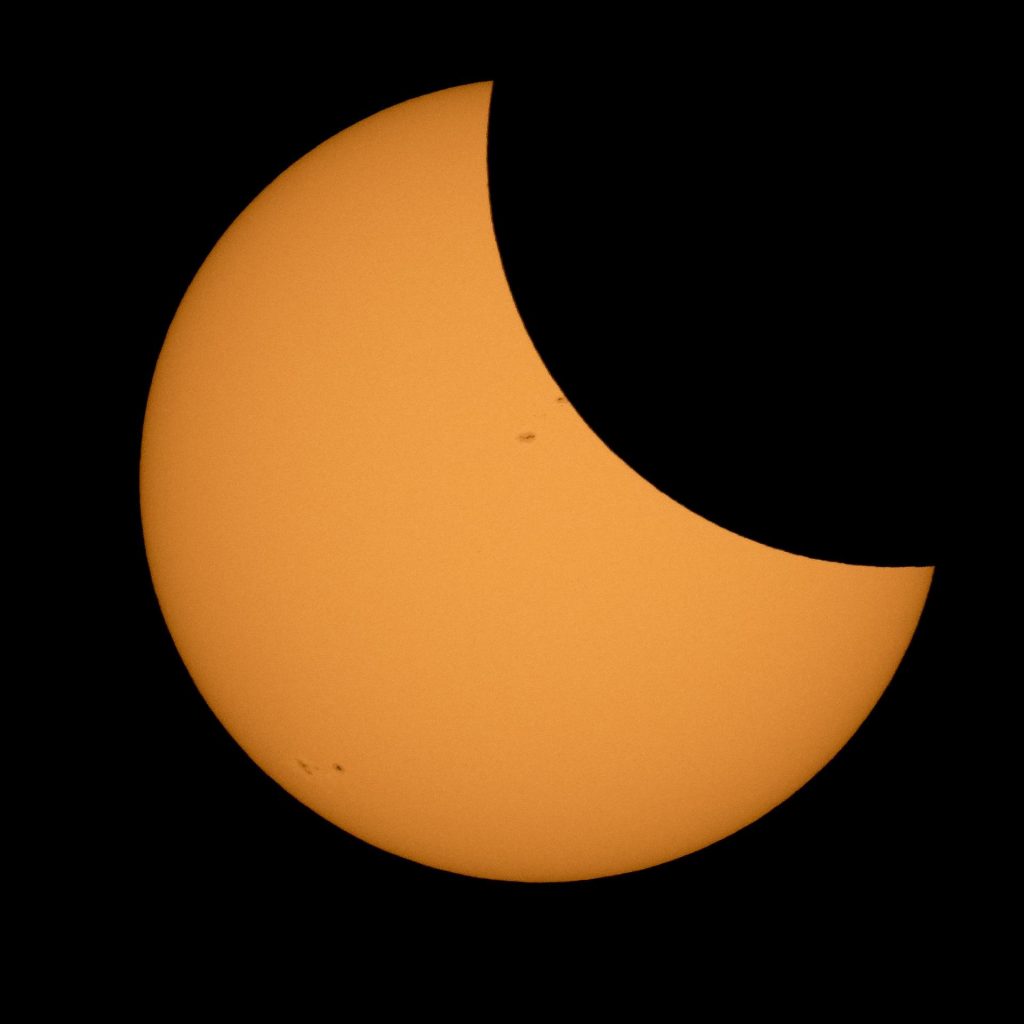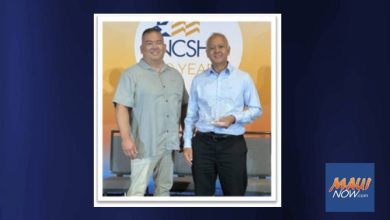UH astronomer leads effort to unlock sun’s secrets during eclipse : Maui Now

[ad_1]

As the planet awaits the celestial spectacle of the total solar eclipse on April 8, award-winning astronomer Shadia Habbal from the University of Hawaiʻi Institute for Astronomy (IfA) is gearing up to lead a world-class team of researchers at three North America locations to conduct in-depth observations during this rare event.
Habbal’s team, known as the “Solar Wind Sherpas,” is a diverse ensemble of IfA graduate students and scientists from across the globe. Her team will be strategically stationed in multiple locations including Texas, Arkansas and Mexico – all prime areas to view the phenomenon.
“Eclipses offer unique opportunities to study the outer atmosphere of the sun, because the sun is so bright that we can’t see the fainter outermost parts,” Habbal said in a UH news release. “It’s just like you don’t see stars during the daytime, but the stars are still there, so it’s the same thing.”
Habbal says data collected during eclipses can provide crucial insights into space weather, offering the potential to protect and enhance technologies such as GPS and satellite communications, as well as electrical grids.
Chasing darkness

Through the years, the Solar Wind Sherpas have chased eclipses around the world, from the breathtaking landscapes of Kenya to frigid Antarctica, Chile and the South Pacific. This year marks a milestone for Habbal as she prepares to witness her 20th total eclipse.
During a total solar eclipse, the sun, moon and Earth align, which grants scientists a glimpse into the sun’s hidden realm—its corona, or outer atmosphere.
“The corona is always there, but we can’t see it because you have the solar disc that’s so bright,” Habbal said. “So during a total solar eclipse when the moon blocks the light from the surface of the sun, it dims everything to about the level of nighttime or dusk, so stars, planets, and the corona all appear.”
Revealing the sun’s secrets
For scientists like Habbal, these fleeting moments of darkness hold immense scientific value. During the 2020 eclipse in Argentina, Habbal’s team made a groundbreaking discovery—a solar eruption that formed a double bubble shape. Through meticulous observation, they unveiled the intricate dynamics of the sun’s corona, shedding light on the mechanisms behind these cosmic tempests. These events originating on the sun’s surface can devastate the world’s power grid, and impact astronauts in orbit.
“The sun produces these huge explosions and then the punch. If one is aimed towards the Earth, then the Earth’s magnetic bubble will feel this punch, and it can have dire consequences on telecommunication satellites, Earth orbiting satellites, Habbal explained. “So from a pragmatic point of view [for] the impact on our human day-to-day life, understanding the solar wind is very important, [also] understanding where it’s coming from and whether we can predict when it’s going to produce these huge bubbles.”
Habbal has conducted in-depth research on eclipses since 1995 and has earned accolades bestowed by the Smithsonian and NASA, which stand as a testament to her unwavering dedication to unraveling the mysteries of the cosmos.
Livestream: Hawaiʻi eclipse

IfA will launch a free livestream showcasing the partial eclipse unfolding over the islands at 6:30 a.m. on Monday, April 8, followed by total eclipse observations from the continental US. Tune in online for live images, commentary and Q&A at 6:30 a.m. Hawaiʻi time.
According to NASA, the next total solar eclipse in the contiguous US won’t be until August 2044.
[ad_2]
Source: Maui News




